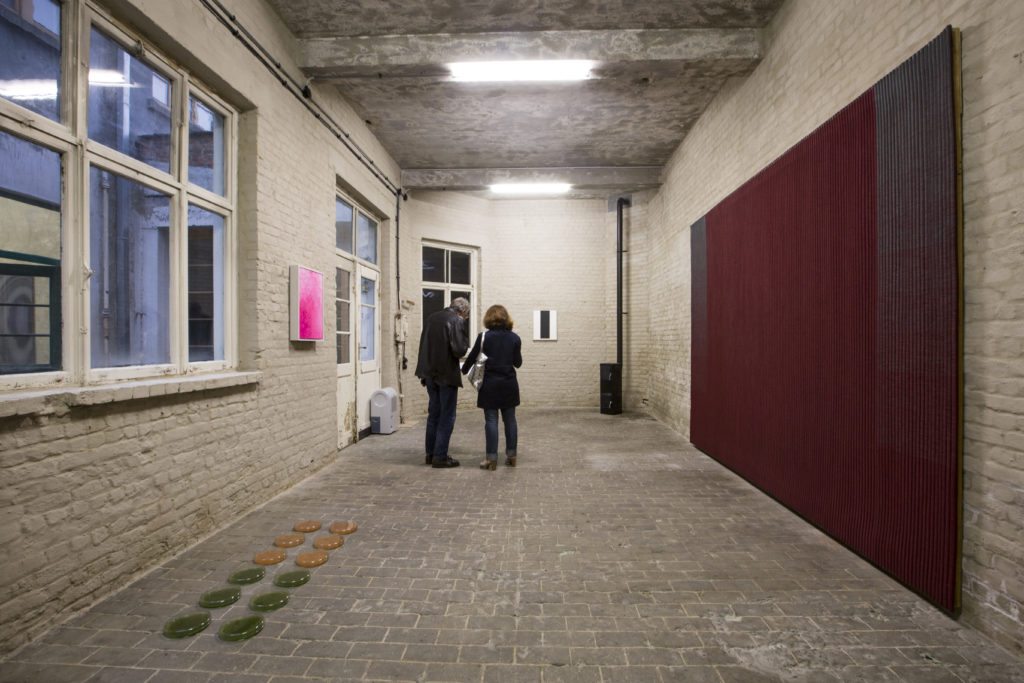Colorlab
From 2016 up until 2019 an initial research project is being conducted at the lab focusing on new ways of creating colours: The Color Biolab.
The Color Biolab is a transdisciplinary research project approaching the color field from different perspectives: from sustainable production and application, to the use of color as a common language between art and science. Starting from traditional coloring, to living organisms or waste, this project aims to reflect about the possibilities of new coloring sources, and the implications involved.
Most of the work has been developed in LABORATORIUM, the experimental lab for art/design and biotechnology at KASK. In LABORATORIUM microorganisms have been cultured, pigment extraction has been performed and applied as well as microbial visualization or chemical reactions.
Some of the results generated of this research have been exhibited and presented in national and international conferences and art spaces. Knowledge generated is transferred by workshops, presentations and a seminar, in and out of the art academy.
This project is led by María Boto together with Kristel Peters and explores different approaches to the production and application of living, sustainable and/or open colours by making use of waste or living organisms
Bolinus brandaris

Bolinus brandaris is a marine gastropod mollusk originally known as Murex brandaris. The main characteristic is the production of a mucous secretion in the hypobranchial gland that has been extensively used as a long lasting dyeing substance. The color obtained is known as Tyrian purple.
Used from pre-Roman times, the big amount of mollusk needed for a little amount of dye made this color a luxury trade, becoming a color for royalty. One of the most important habitats for Bolinus brandaris is the Mediterranean Sea, where it is commonly consumed as food.
The principal responsible of this color is the 6,6’-dibromoindigo. In its shellfish, a transparent substance reacts with the enzyme arylsulfatase when put in contact, generating hydrolyzed compounds that are susceptible to oxidative and photochemical reactions in contact with sunlight, having a deep purple as result.
Type: mollusk Color: purple Pigment production: 6,6’-dibromoindigo Growing conditions: sandy-muddy to detritic environments Applications tested: paper, fabric
Chlorella vulgaris

Freshwater unicellular green microalgae. It is used as a food supplement because it is high in protein, lipids and other essential nutrients. These round shaped microalgae multiply rapidly through photosynthesis. High chlorophyll content.
Type: microalgae Color: blue/green Pigment production: chlorophyll, phycocyanin Growing conditions: fresh water medium Applications tested: paper, fabric
Dunaliella Salina

Dunaliella salina is a green microalga that under certain conditions is able to modify its color by carotene production, being responsible for red/pink-coloured lakes such as Hillier Lake in Australia or Retba Lake in Senegal.
Type: microalgae Color: green/red/orange Pigment production: carotenes Growing conditions: marine medium Applications tested: paper, fabric
Fucus vesiculosus

Brown alga which habitat is the intertidal zones of seashores. Worldwide distributed. Because of the sodium carbonate, it has been used as soda ash and fertiliser.
Type: brown algae Color: brown Pigment production: fucoxanthin Growing conditions: seashores habitat Applications tested: paper
Haematococcus pluvialis

Haematococcus pluvialis is a fresh water microalga able to produce astaxanthin as a protection element under certain conditions such as the lack of nutrients, intense bright light or high salinity. The red appearance of lakes and ponds is because of this microalga.
Type: microalgae Color: green/red Pigment production: astaxanthin Growing conditions: freshwater medium Applications tested: paper
Isochrysis galbana

Marine microalgae used in aquaculture to feed mollusks and crustaceans.
Type: microalgae Color: brown, orange Pigment production: fucoxanthin Growing conditions: marine medium Applications tested: paper
Janthinobacterium lividum

Gram (-) bacteria that produces violacein, a purpel compound with anti-bacterial, anti-viral, and anti-fungal properties.
Type: bacteria Color: purple Pigment production: violacein Growing conditions: LB medium +glycerol Applications tested: paper, fabric
Physarum polycephalum

Slime mold that grows in dark and wet environments. The physarochrome A pigment is the responsible for the yellow color.
Type: Mycetozoa Color: yellow Pigment production: physarochrome A Growing conditions: wet dark enviroment Applications tested: paper, fabric
Porphyridium purpureum

Porphyridium purpureum is a red marine microalgae that contains several pigments including phycocyanin (blue) and phycoerythrin (pink) in their phycobiliproteins. This unicellular round algae is widely distributed world wide is not only interesting for its pigments but also because the possibilities of being used as biomass for biofuel.
Type: microalgae Color: red/pink Pigment production: phycoerithrin Growing conditions: marine medium Applications tested: paper, fabric
Serratia marscescens

Gram (-) bacteria that produces prodigiosin, a tripyrrole red pigment probably associated with the "blood miracles".
Type: bacteria Color: pink, red Pigment production: prodigiosin Growing conditions: NA Applications tested: paper, fabric
Spirulina

Spirulina is the common name for a food supplement made out of Arthrospira, another genus different to Spirulina with similar morphological structure (the division is from 1989). Spirulina is a cyanobacteria, which means that can photosynthesize. First considered as a green-blue alga, Spirulina is widely distributed in South America, Africa and Asia in lakes with a high pH and carbonate concentration.The most important pigments that can be extracted from Spirulina are phycocyanin and phycoerythrin, responsibles of its blue color.
Type: cyanobacteria Color: blue/green Pigment production: phycocyanin, chlorophyll Growing conditions: basic medium Applications tested: paper, fabric, wood
Monochrome

From May 27th to July 31st 2016 Salina has been exhibited at The Société (Brussels) as part of the Monochrome exhibition.
Salina are several monochromatic glass canvasses in green and orange, with colors brought by the same living source, Dunaliella salina.
Salina highlights new color possibilities to be applied in art practice using emerging biotechnology tools as well as questioning issues in this field as stability or ownership: what would our response be to an art piece which state changes autonomously? Could a living entity become a color itself? Salina suggests the viewer new possibilities in color research, and opens new discussions around art and biotechnology.
Neochromologism.io

[More info] Neochromologism.io is an ongoing artistic website that aims to reflect about the color vocabulary that we are using in our daily life at professional and personal level by establishing connections between a color name and a meaning or experience.
The random RGB code generated for the website background is presented as hexadecimal code, a name following the rules presented above and gives also the possibility to the user of name it by creating a new color database.
This project has been developed by Laboratorium, the experimental lab for art/design and biotechnology at KASK/School of Arts Ghent, as part of the research project “The color biolab” funded by Arts Research Fund of University College Ghent in collaboration with Juan Luis Font, digital alchemy.
